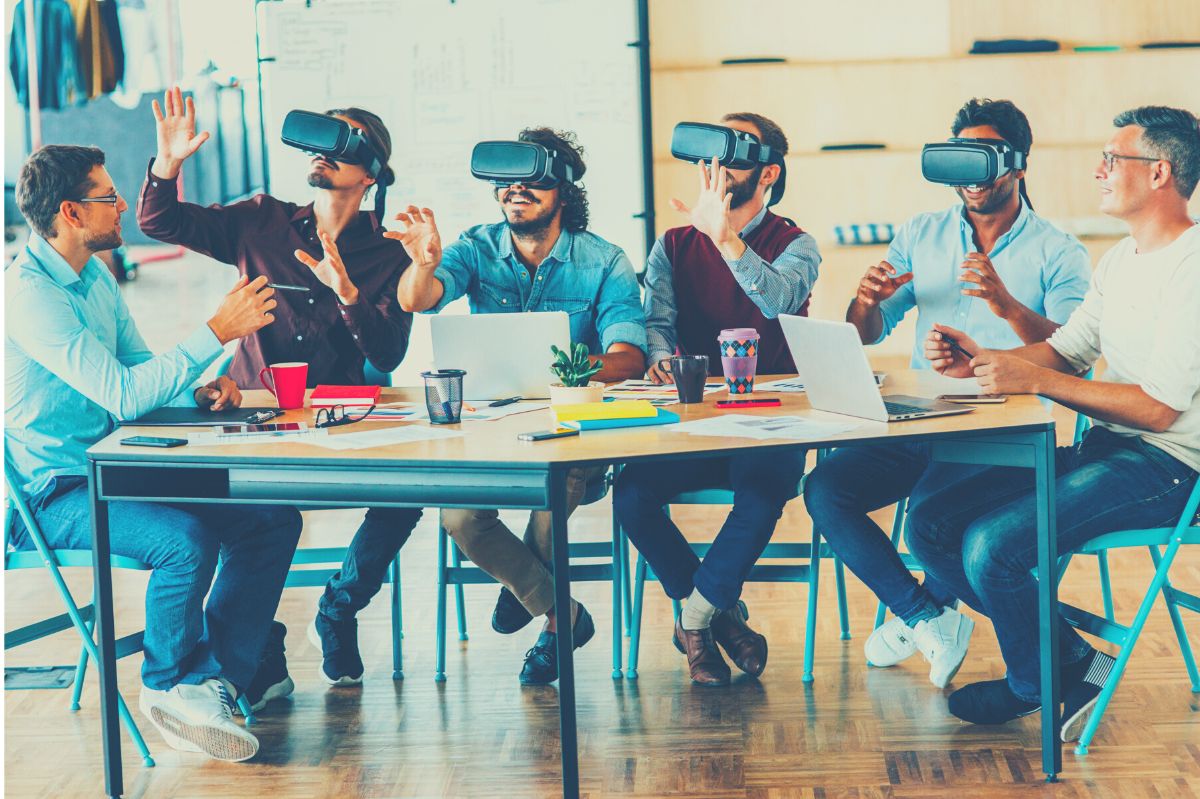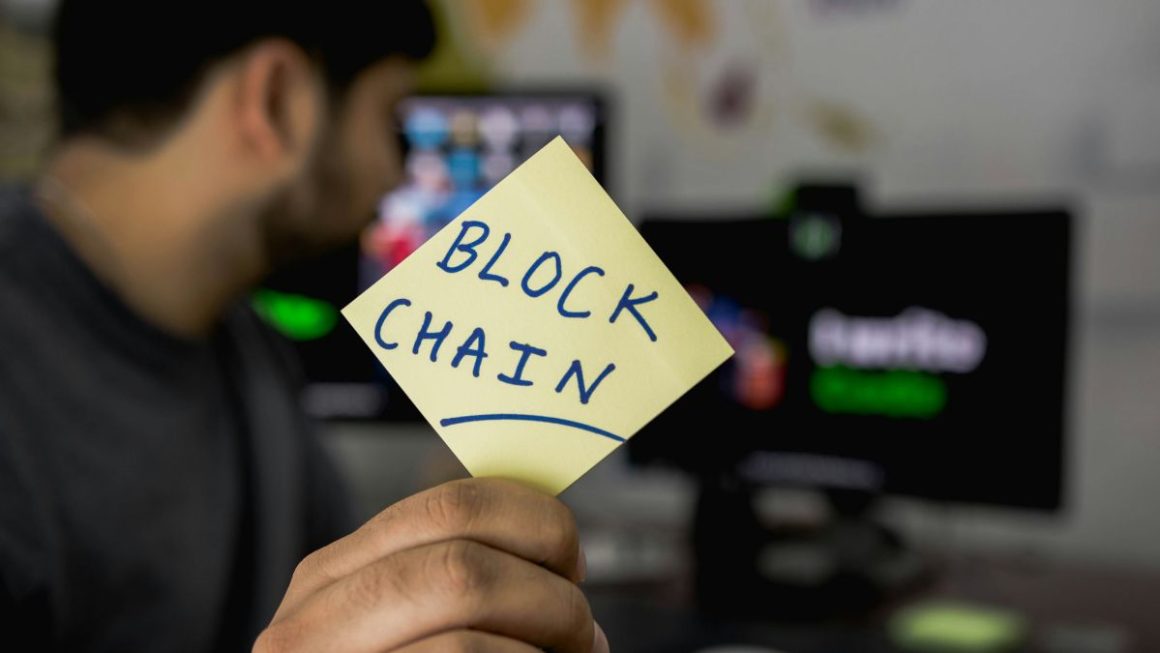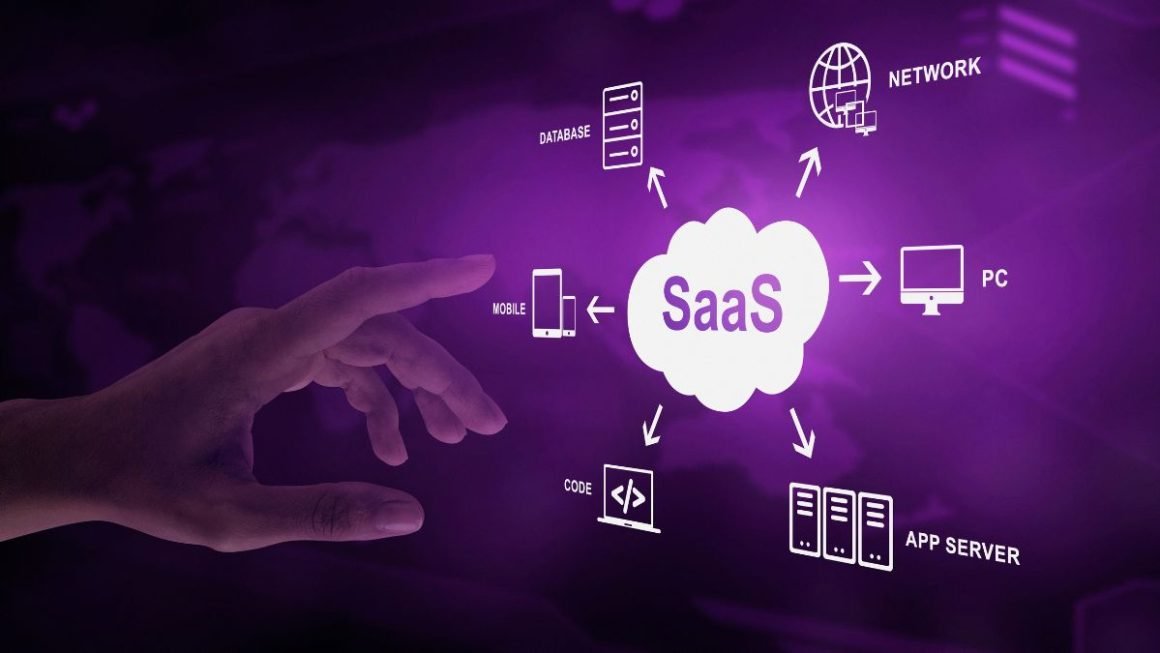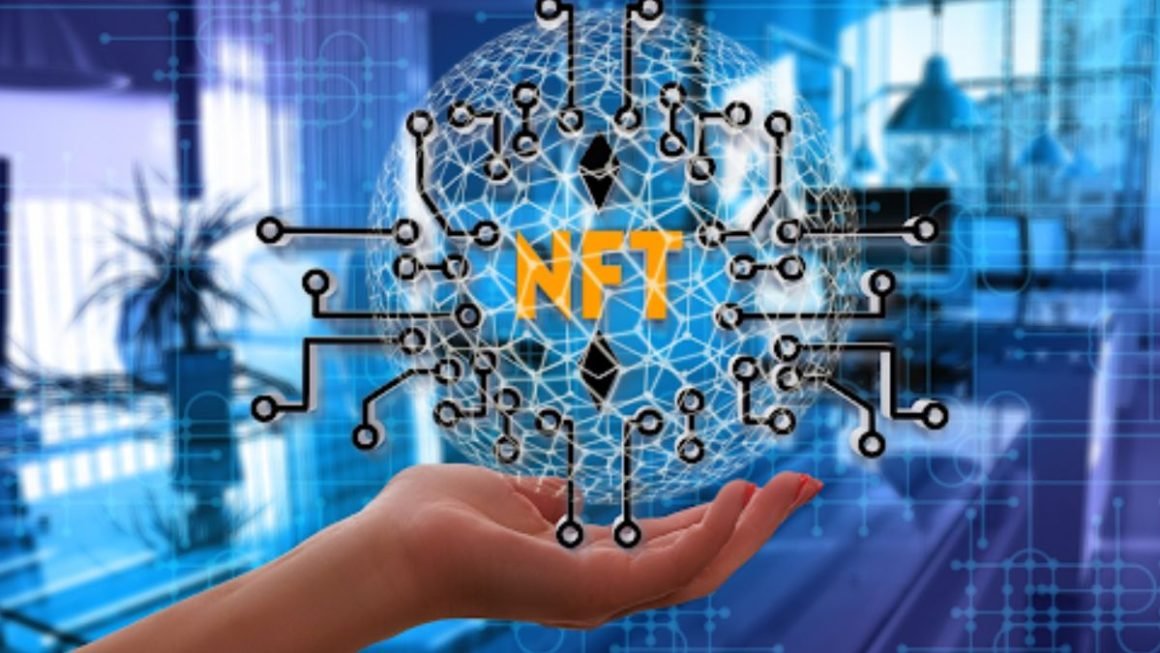Table of Contents
Entertainment: Gaming and VR Cinema
Virtual Reality: According to the economic newspaper, in 2019, the value of the video game market settled at 130 billion dollars, with forecasts indicating market growth for the next few years. In Italy, according to Ansa, this value settles at 1.7 billion euros and would increase by 1.7% every year. Also, on Hubstrat, we talked about the success of platforms initially designed for gaming, such as Twitch, the live-streaming platform owned by Amazon.
According to many sources, the future of the gaming market will intertwine with virtual reality technology. There are two main constraints to development: overcoming annoying phenomena, such as motion sickness (headache from “moving images”); the high cost of virtual reality kits; the delicacy and discomfort that, for now, still characterizes this hardware. These issues constitute a strong entry barrier to many interesting potential customers.
Precisely for this reason, we want to focus on the approach of Survios, an American company that produces VR. The company aims to promote its products in rooms dedicated to gaming and VR cinema to overcome the consumer market’s limitation (about 1.5 million devices a year in the USA) and to contain development costs. According to the Survios, thematic venues expressly dedicated to these products could generate 800 million in revenues by 2022, a portion of which would be made up of the “multiplayer” modes of VR (infeasible due to costs and the need for more dedicated hardware, in our homes ). This strategy could, similar to what happened in the arcades of the 80s and 90s, help to try the experiences of these devices and to enjoy them at lower prices with high quality.
Companies are looking to go beyond the Survios proposition. The main one is The Void which offers audiovisual experiences of immersion and interaction in virtual reality in the United States, Canada, and Asia, respectively, in Dubai and Pahang. Strengthened by an agreement with Disney, the company offers immersive experiences in the cinematic universes of Jumanji, Ghostbusters, Star Wars, and Marvel superheroes. Unfortunately, the pandemic has slowed down the company’s evolution plans; we’ll see what happens in the future.
During the first months of the pandemic, Liberty Media, owner of the Formula One Group, a body that contributes to the organization of the F1 world championship, organized a virtual championship involving professional players and official drivers to replace the real races of the championship. . The achievable level of realism is impressive, also thanks to the existence of simulation software used in engineering. One of the best is developed in Italy, developed by Dallara, and can partly replicate the effects of the physical movement of the car on the driver driving the simulated car.
The possibilities of virtual reality also attract the film market. During the last edition of the Venice International Film Festival, a section was dedicated to VR. It was the Venice VR Expanded, an experience accessible exclusively online, on a dedicated platform created by VRrOOm: dedicated to 3D films, with 44 projects of which 31 were in competition, it mainly proposed documentaries and medium-sized animated shorts. The 3D film market in Italy could reach 400 million euros in 2022, according to the Sole 24 Ore, compared to the current 90 million.
Tourism
For Tourism, virtual reality technologies are a significant marketing opportunity. The customer can try comfortably from home; if he decides to buy his holiday, he will try once he arrives at his destination.
Goodie Cardboard 360 is a Spanish company of 3D photography and video professionals that offers client companies to film the experiences they offer as a “trial” for end customers.
Another fascinating case study is Trentino VR. It is an all-Italian project that offers a service similar to Goodie Cardboard360. The application is available for both Android and iOS and is capable of transporting each person directly to the area in the middle of the action, making them the protagonist of stories that develop at 360 degrees. Until a few years ago, it was thought that what mattered about a product were its characteristics, but today the end customer buys the experience that that product can give them, whether it is emotional or a memory.
Trentino VR offers the opportunity to experience a day in the Brenta Dolomites, relax in the wellness centers in Paganella and in the swimming pool in Andalo, take part in a Vespa ride through the vineyards, admire a sunrise from a refuge, and try sports such as paragliding on Lake Molveno, snowboarding, climbing, trekking, diving, canoeing. Experiences can be enjoyed at any time and place, even from the sofa at home, and easily shared. The application is also used at fairs and exhibitions as a territorial marketing tool.
Medicine
According to the Royal Society of Medicine in London in 2015, five billion people still lack access to safe surgery due to a lack of trained professionals.
Practicing is the real bottleneck of the medical science education system, and to overcome these problems, some companies, including FundamentalVR and Mayo Clinic, are starting to offer quality training through VR simulations. A software license costs around € 350, which is more affordable than the cost of a mannequin or a corpse.
The applications in the healthcare sector are numerous.
The start-up Floreo creates learning content for children with autism spectrum disorders, in particular, to improve social behaviors and emotional management. The child is immersed in experiences such as a safari or closer to everyday reality such as school. Karuna Lab, with a 12-week program, helps those who undergo its virtual reality therapy to mitigate the effects of chronic pain for patients. We Are Alfred helps young doctors empathize with elderly patients with hearing and vision difficulties. The program plans to be Alfred for 7 minutes.
Research
For the study of biological systems, volume can process the data of the most powerful microscopes in the world and create cells in 3D; in this way, researchers can better interpret the data of these microscopes.
Gastronomy
Flick on food creates virtual reality tours for the storytelling of Italian food products, use at trade fairs, or to be included as content on the company website or in the QR-code on the product packaging.
Business
Inversion provides a service for points of sale that simulates a store’s architecture directly in 3D. Thanks to augmented reality, it is possible to test it quickly without physical tests.
You can find out in advance which areas in the store attract customers the most and optimize the decor and any profits. This technology can also be used to transform e-commerce into “v-commerce,” i.e., real shops in virtual reality that can be reached online: a moment before, I purchase in a simulation of my favorite bicycle shop, and a moment later, I’m ready to go to the beach.
Architecture
Acca software is one of the many companies that make VR available in BIM, integrating this tool with other interior design software. The cost of the software, together with an ad hoc workstation, costs around 6,000 euros.
Marketing
Impressive is a Milanese start-up with a dozen collaborators who have made hundreds of 3D videos and a high-profile customer portfolio: Google, Samsung, Wind Tre, and some Serie A teams. It offers different consumer types of virtual experiences that allow you to “Immerse yourself” in different contexts.
Industry
Read more offers various solutions in the field of augmented reality and virtual reality for industries that want to approach the paradigm of industry 4.0. As for VR, the company offers a virtual reality staff training system and the ability to create digital clones of bulky industrial machinery and plants. The possibilities are twofold; on the one hand, it is possible to use this information on the layout of the production plant or in the commercial field to be able to show heavy and bulky machinery at trade fairs, saving both in economic terms and in environmental impact. Furthermore, the company offers the possibility to view the prototypes of new projects without having to use a single gram of raw materials, as can happen with prototyping with 3D printing,
The Ceneri Base Tunnel in Switzerland is a highly frequented railway route. The maintenance of the systems is, therefore, very important. In order not to hinder railway traffic, maintenance can only be carried out in limited time intervals. It is therefore important to have well-trained personnel to ensure high efficiency. Furthermore, it is not possible to train maintenance personnel inside the tunnel. To simplify the training process, the cd was developed. TUSA is an acronym in German for “training and testing facility.”
In our case, a virtual reconstruction of the technical systems of one of the systems of the Ceneri Base Tunnel was carried out. The goal is to train staff to manage and maintain the infrastructure, in this case, SBB, without costly and risky field tests. To make this possible, between January and March 2019, eight BIM designers created a 3D model of the crossbar 17 and the 400-meter east and west pipe of the Ceneri Base Tunnel (CBT), starting from 2D floor plans. Starting in March 2019, an external partner has been busy animating the 3D models in the VR environment for three months.
Conclusions
Virtual reality offers new scenarios in different sectors. Currently, the main use is the simulation of experiences and making tests of various kinds. On the one hand, it is fertile ground for photographers and audiovisual artists; on the other hand, it is aimed at highly qualified workers, especially as regards information technology, telecommunications, and electronics. The market is growing strongly, and the health crisis has not hit it. The main flaw of this technology is the cost of access, which is yet to be aimed at the consumer market today. How to remedy this defect? of VR sharing seems to respond to this request: rooms dedicated to virtual reality,
Also Read : Online Newspapers And Content: How To Improve Positioning?




